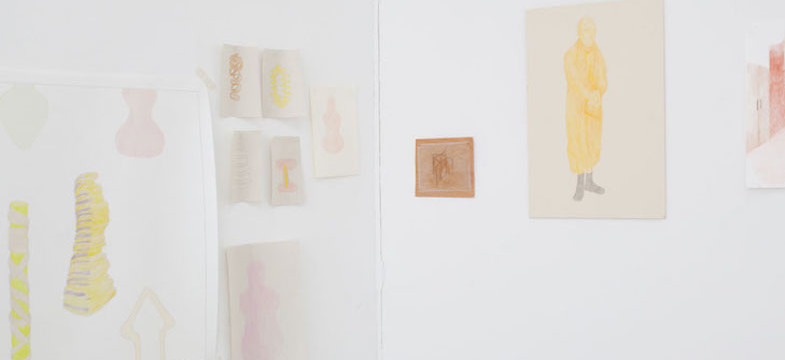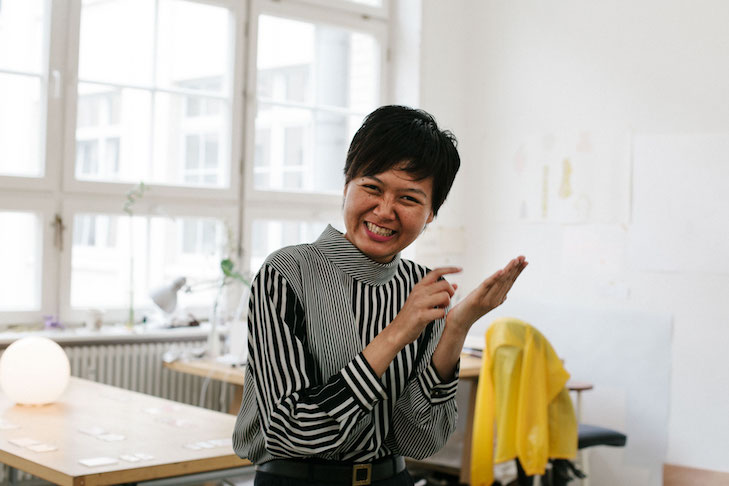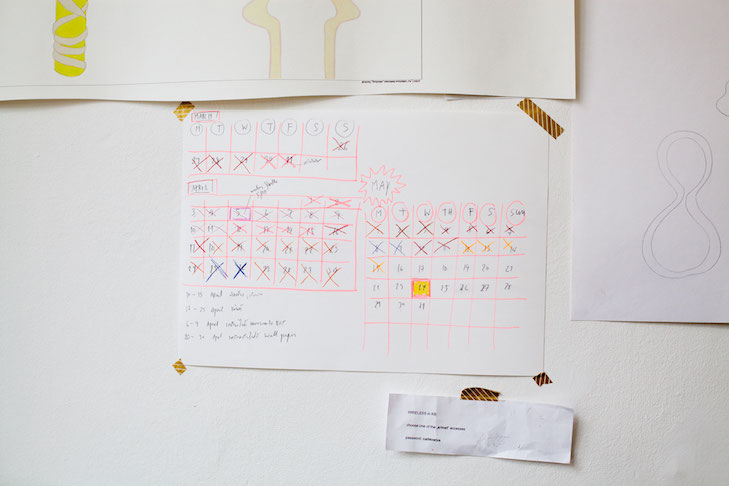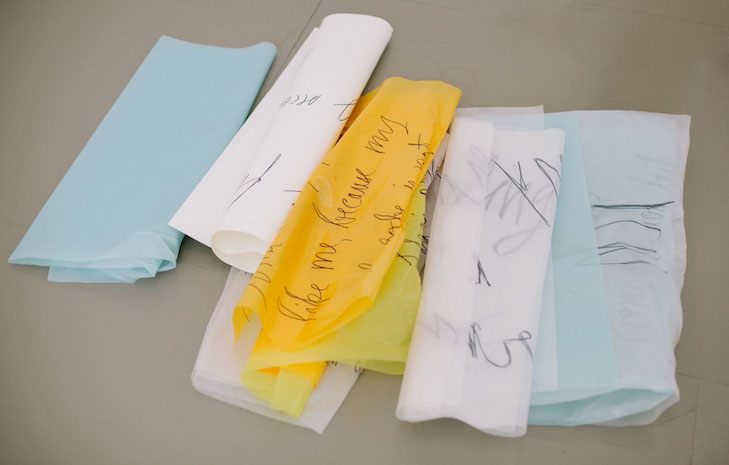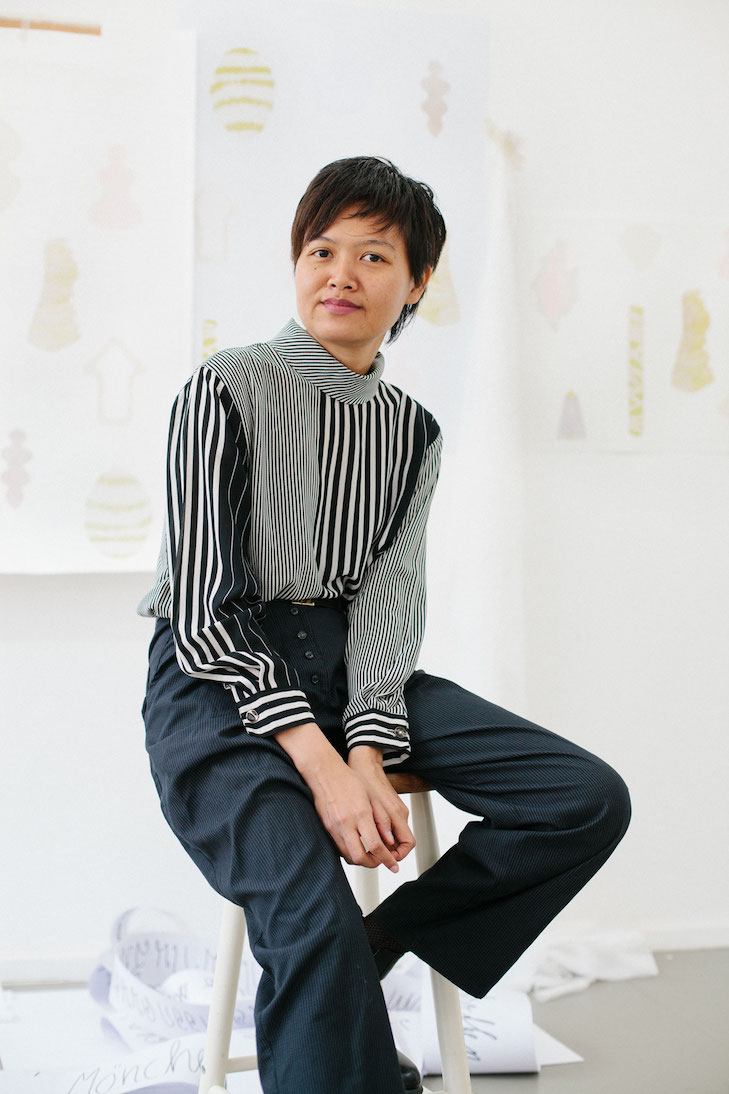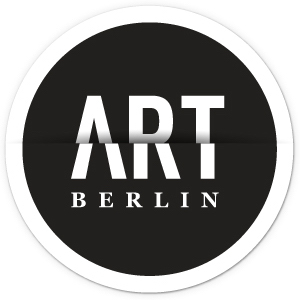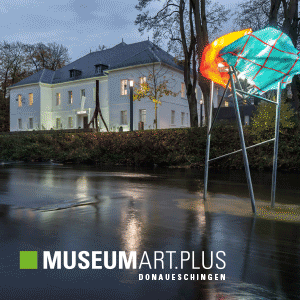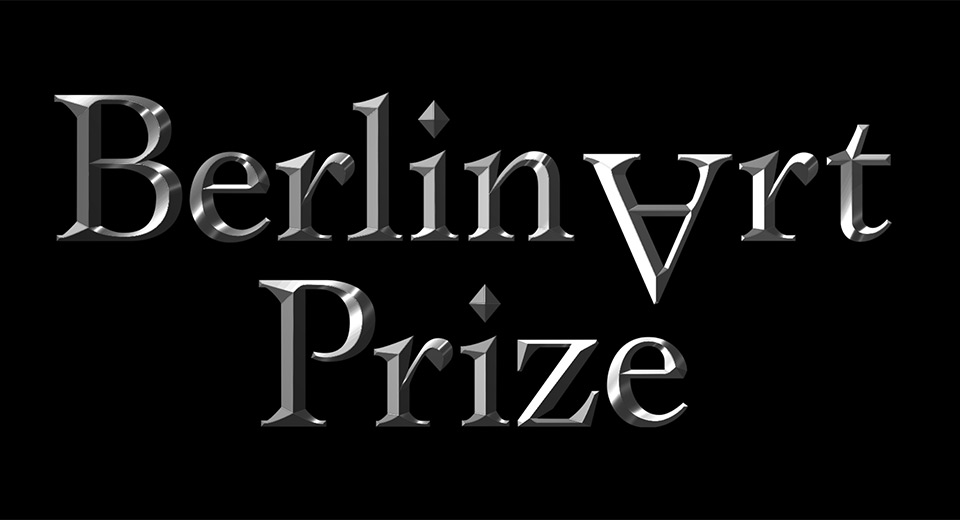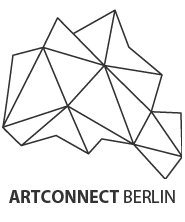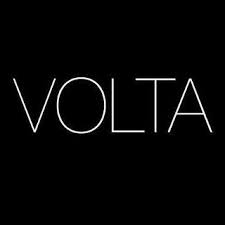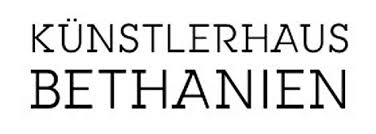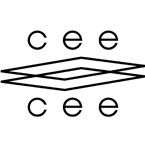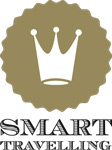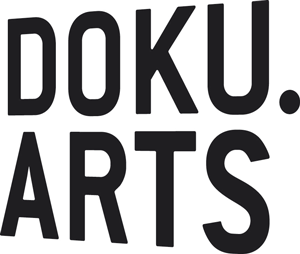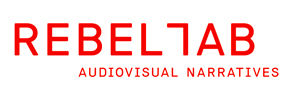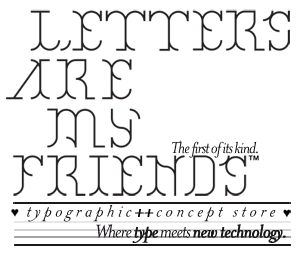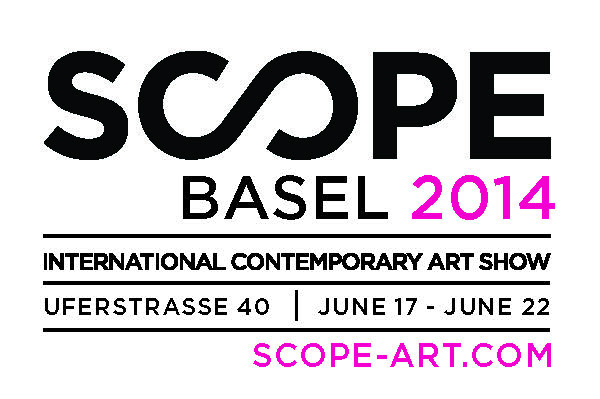You travel and move a lot, which also means you dive into different cultures and political systems – what does this do to you and what do you take away from that?
My travel has been a journey at a right timing for these past four years. I first started from Thailand’s neighboring countries like Sri Lanka, Cambodia, Vietnam. Traveling and living in these countries I see special dialogues on overlaps and connections between places, and the roots of my being. Also, I found ways to communicate with others of different cultures, especially about the contexts that are usually never understood or discussed by some people in my country. This is good that we both can have more understanding and interests on one another.
They say travel is the only thing you can buy that makes you richer – do you agree?
If you only travel, but you do not learn through your travel, I think you only get poorer and poorer.
Do you think you will settle down one day?
I cannot answer that now. But my short plan I can tell you about is that in a year I want to live in my own country for six months, then live in another one for six months. I like that I usually think of other places when I’m not home, and I like the homesickness when I’m at other places. For the sakes of creativity and art production, as an artist you should not stay in the same place for a long time. You should move around.
For your exhibition „Exit – Entrance“ visual and sound elements of a four-language conversation – what is your idea behind it?
I am interested in how one’s background, self-improvement, adaptation and response to the political environment make up one’s way of living and staying. This work series communicates through a conversation that focuses on the ingredients and mixtures of Thailand, Germany, Vietnam, religion, livelihood, otherness, and gender as defined by customs and places one live in. It studies the juxtaposition of nationhood and nationality as well as the difference in the states of being in the worldly world, the Dhamma world, and the spiritual territory. All of this is an experiment to live with the confronting conversation, the visual and sound of the situation that we should try to understand, hear, listen, and see, in order to make sense of different ways of living.
You are said to be engaging a lot with local communities, do you and your work want to engage others to get in dialogue and interact with each other?
I do not agree with short-term superficial interventions with local communities. Personally, I like to get to know people, really talk and spend time with them, until they agree to exchange something with me. My work always needs time before engaging in dialogues with locals. I like things to be responsive, so mostly my work works to find that.
How do you experience the Berlin community? Is it easy or difficult to get in dialogue?
It’s the first time I’m this far away from Asia, and also my first time in Europe. It’s been almost eight months.
Because of the people, Berlin is a city that changes everyday. It’s a mix of cultures, yet it conserves its own traditions or sometimes try not to mix in with other cultures. This is challenging to me, since I have to find ways to communicate. I can speak some English for survival, but I barely speak German, and I’m so bad at it! I started to collect some vocabs, though. In the case of Cambodian, I can only say „so hot!“ For Vietnamese, I can order bread and sausage… In the end, I hope more westerners will try to learn Asian languages one day.
May 24 – June 18, 2017 | Künstlerhaus Bethanien | Kottbusser Straße 10 | Tue – Sun 2–7 pm
http://www.bethanien.de/
Author: Saskia Wichert
Photo Credit: Kathrin Leisch

